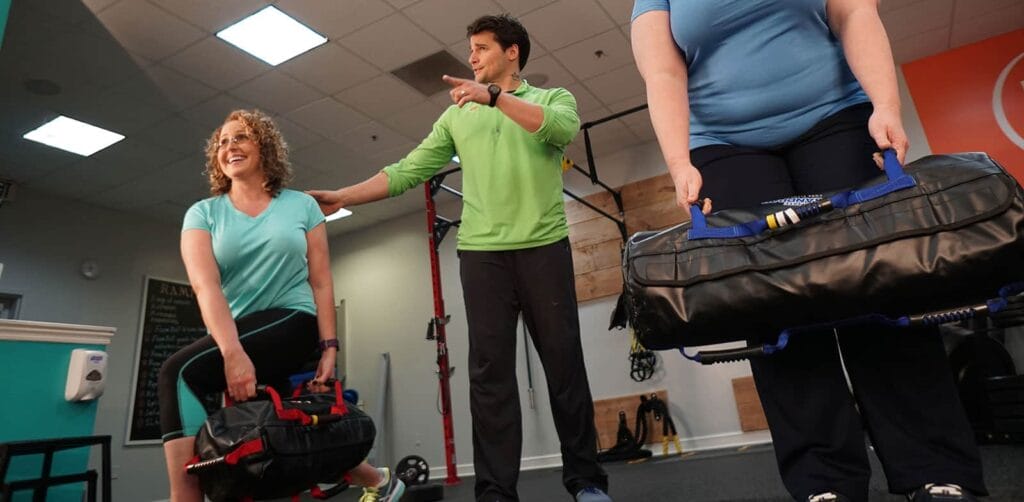Exercise Guidelines
Because we usually have only 2-4 hours per week for training, it’s very important we invest that time wisely with effective exercise guidelines. With smart choices, you can get great results in a realistic amount of time. We’ll get to the specifics of that shortly. However, since our advice might seem “weird”, I want to give a brief summary of how different kinds of exercise change your body.

1. How Exercise Actually Works
For understanding exercise the most important word is homeostasis. Homeostasis means “keeping your internal environment still”. Homeostasis keeps you alive because letting your internal environment change too much can be fatal. When exercise changes you it’s because exercise nudges you out of homeostasis, and your body adapts to avoid/minimize disturbance the next time you repeat this exercise. Here’s some specific examples:
2. Endurance Training (“Cardio”, or “Aerobics”):
Jogging for example. Jogging 3 miles is asking your body to produce relatively small or moderate amounts of force over a relatively long time. Your body adapts to this stimulus by becoming more efficient – being able to run the same 3 miles while spending less and less energy to do so.
This is great if you want to compete in running, but not as useful for weight loss because the same amount of exercise becomes less effective over time.
3. Strength Training (Much of What We Do):
With strength training (includes body-weight exercises like push ups) you’re asking your body to produce a large amount of force in a relatively short period of time. Your body adapts to this by getting better at producing more force quickly (a.k.a. getting stronger). This process is very expensive and inefficient – your body is learning to spend more energy in the same amount of time. This is great for fat-loss!
4. The Hierarchy of Exercise and True 180’s Fundamental Exercise Guidelines
One thing to keep in mind is that everything is harder to do than it seems. Working out 3 times a week on a regular basis is something that seems “easy.” It’s not. It’s simple and it is doable, but it is not easy.
Be sure to start at the top and move down vs. trying to everything at once. Attempting more than 1-2 changes simultaneously will feel good this week, but 3 months from now you’ll be at the same place you are right now. The turtle always wins the race.
- Step 1: Nutrition. If you are looking to lose weight or body-fat, then nutrition comes first. A smart exercise program can double the results you get from good nutrition, and make sure what you lose is fat (not muscle), and it is crucial for keeping the weight off. You can download our free guide to get started with.
- Step 2: Strength training 2-3 days per week. (usually takes 1-2 months)
- This would also include a RAMP UP
- And a finisher
- Step 3: NEAT work your way up to 10,000 steps per day using something like a FitBit (any brand is fine). (depends on where you start, can take 1-6 months). More on this here and here.
- Step 4: Add anything else. At this point (assuming you are doing your nutrition homework), you should be very happy with your results. Anything extra here is just because you like it.
I hope you found our Fundamental Exercise Guidelines helpful!
? ? ? ? ? ? ? ?
If you are in the Charlotte-Ballantyne area, and want help with what you should be doing (nutrition and exercise), and the accountability + social support to get it done, we would be honored to guide you. Set up a Free Intro Call to see if we’ll be a good fit and learn more about our exercise guidelines.

